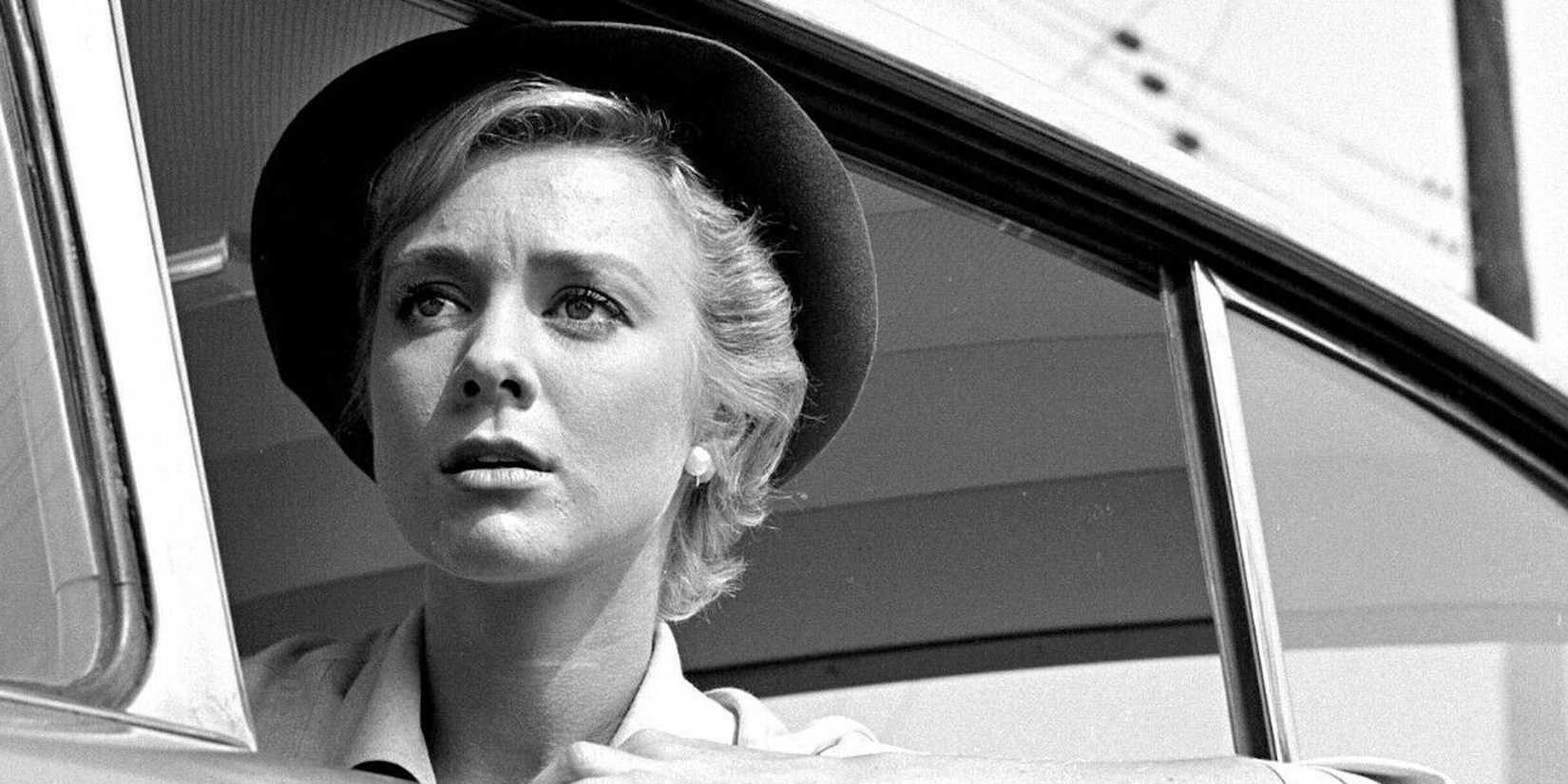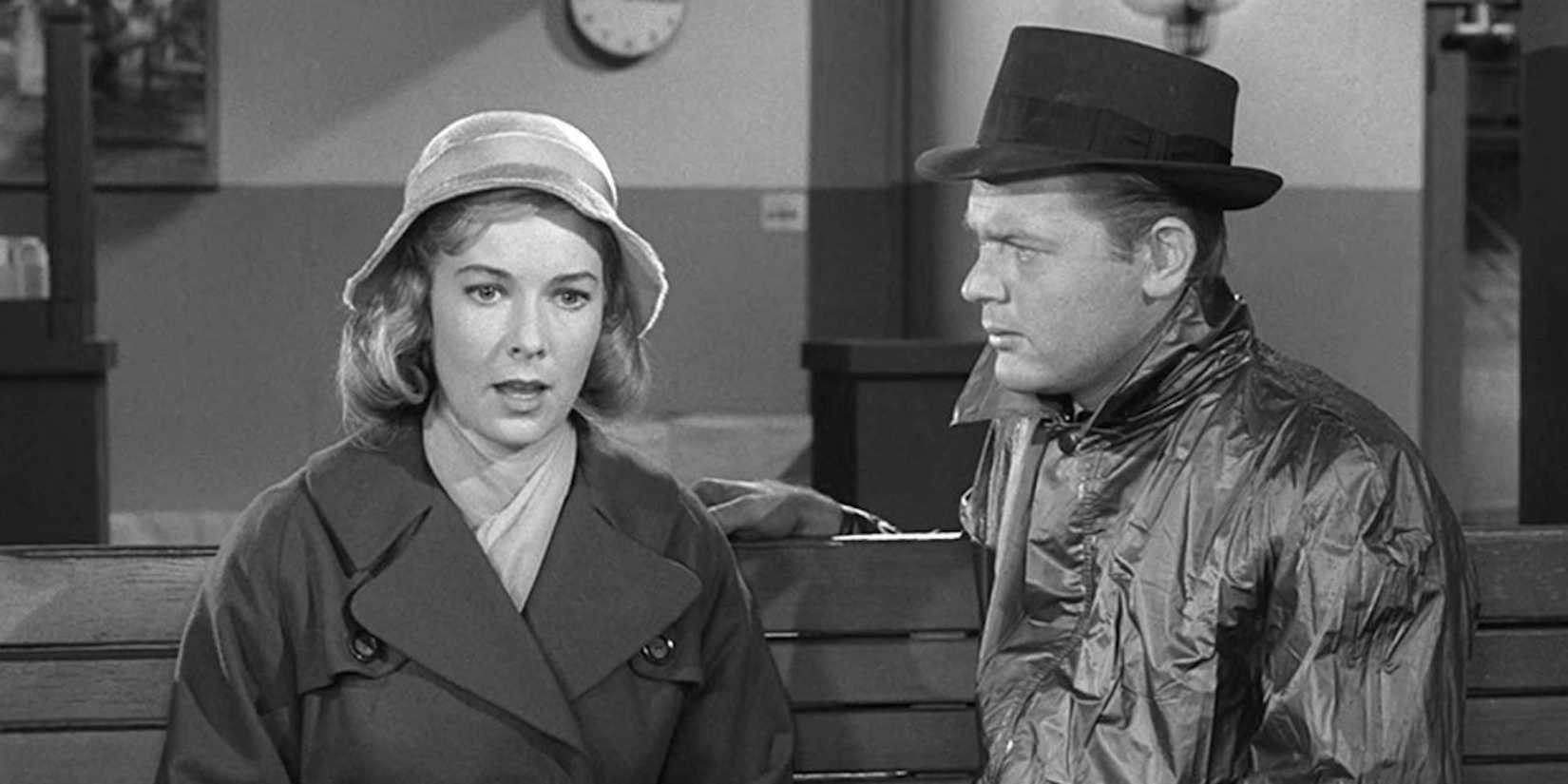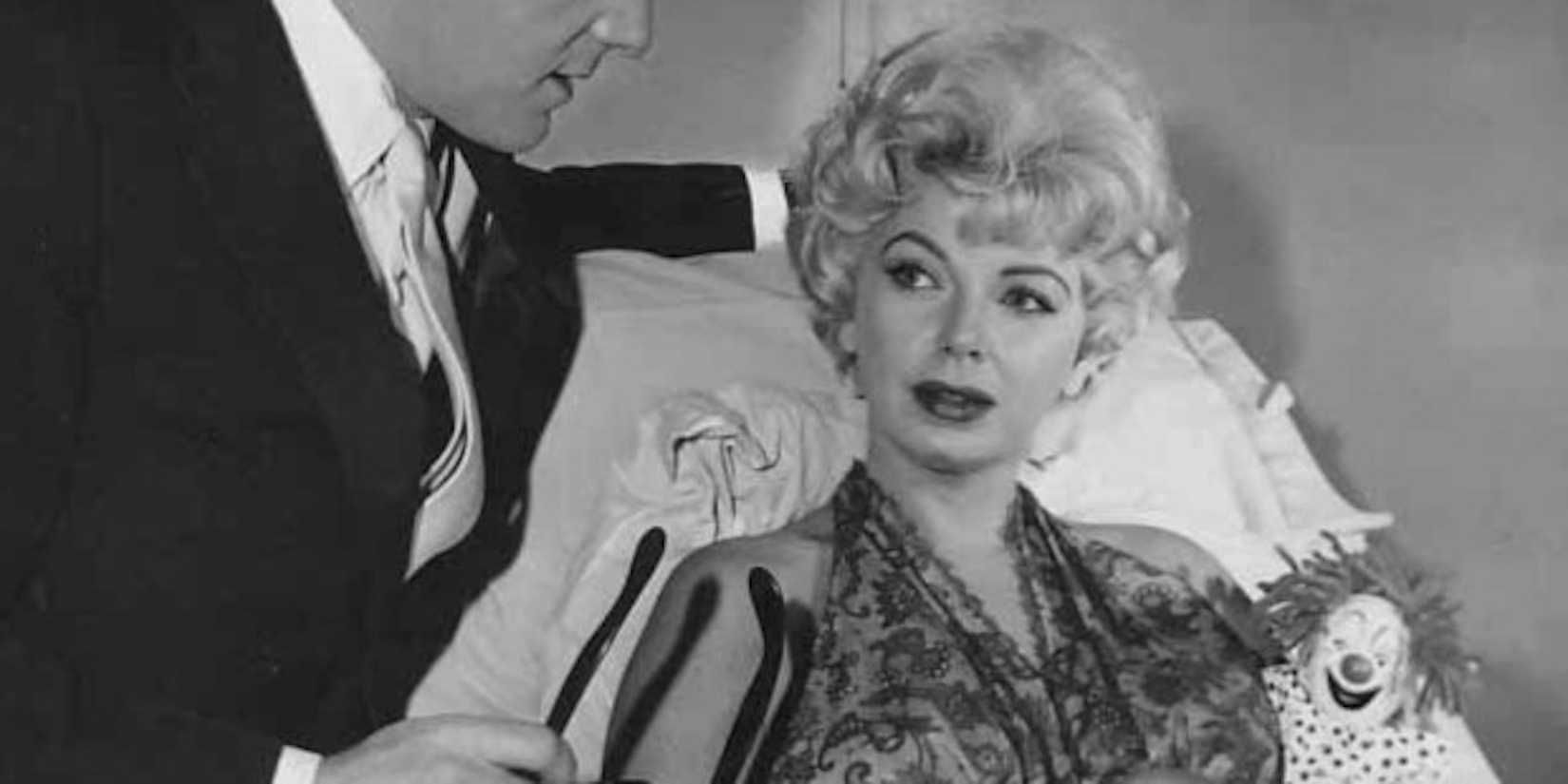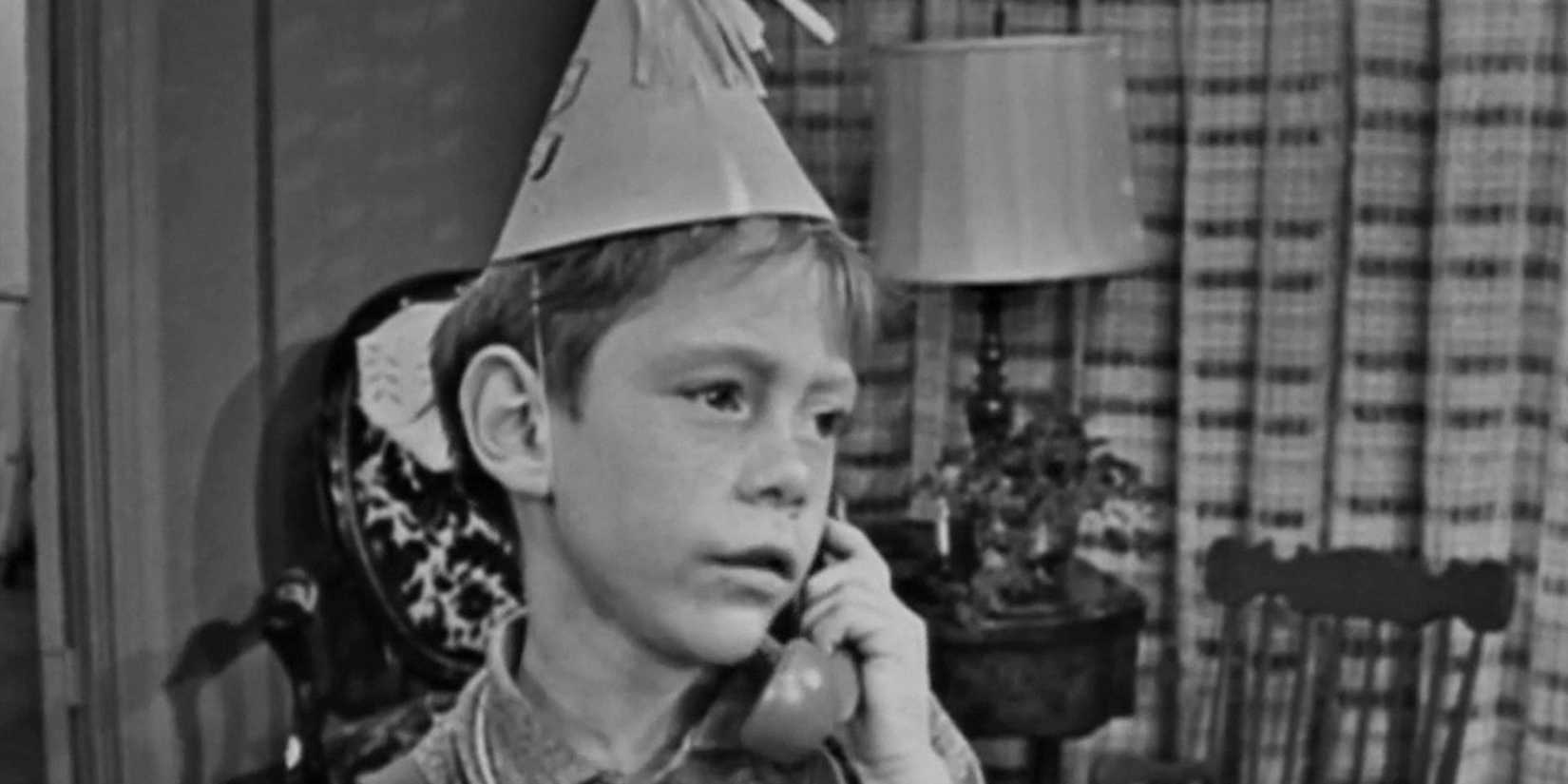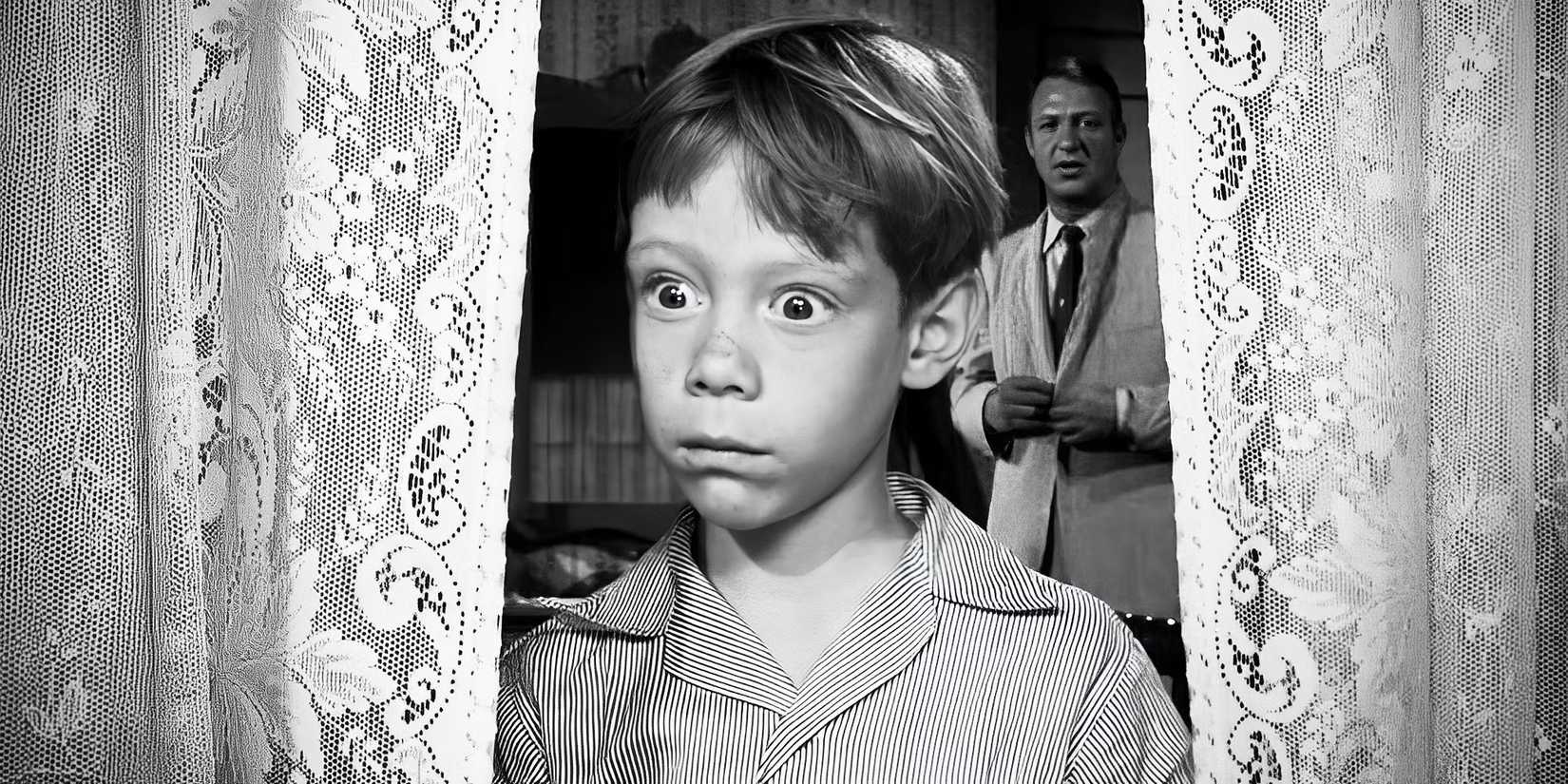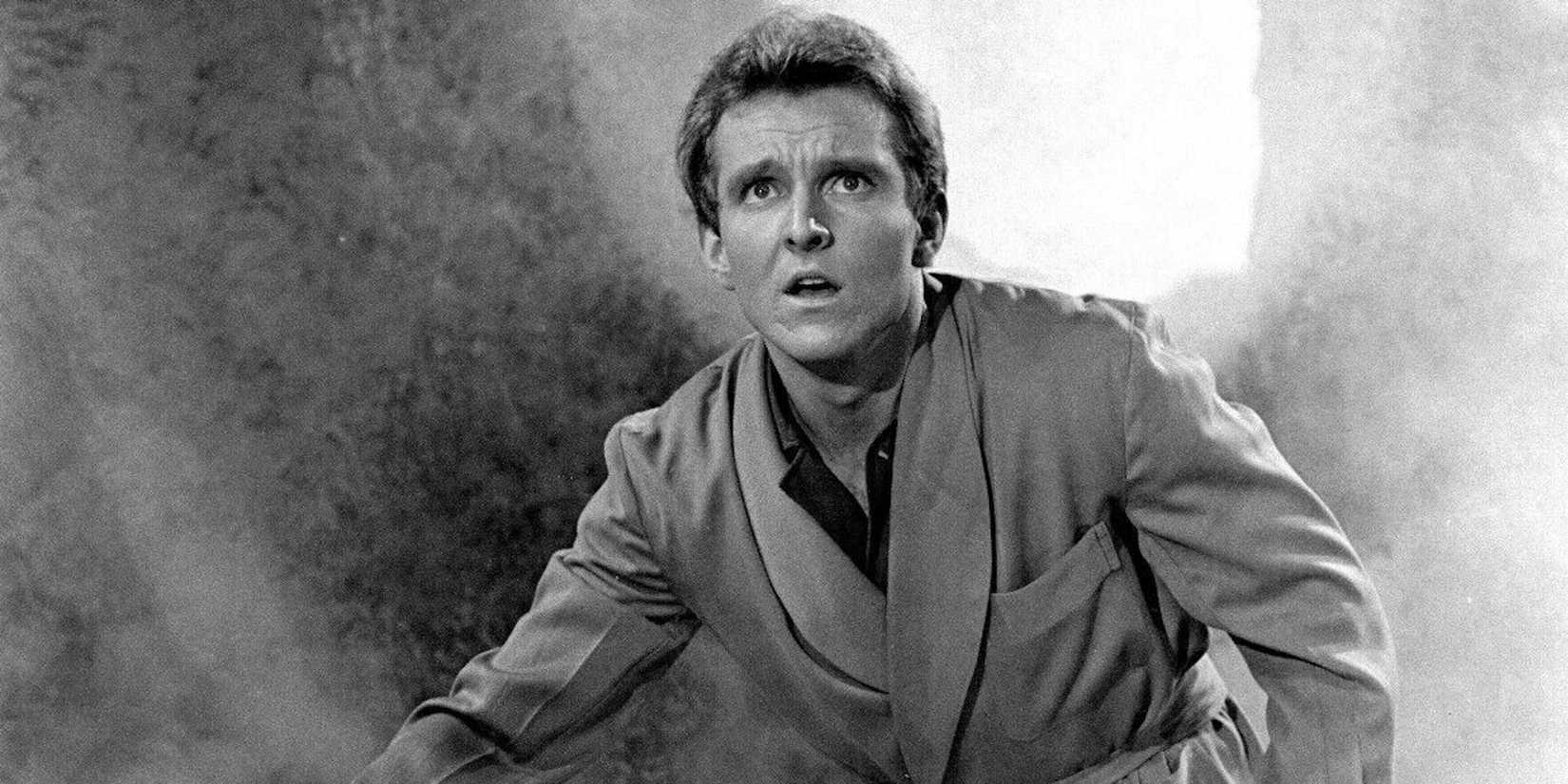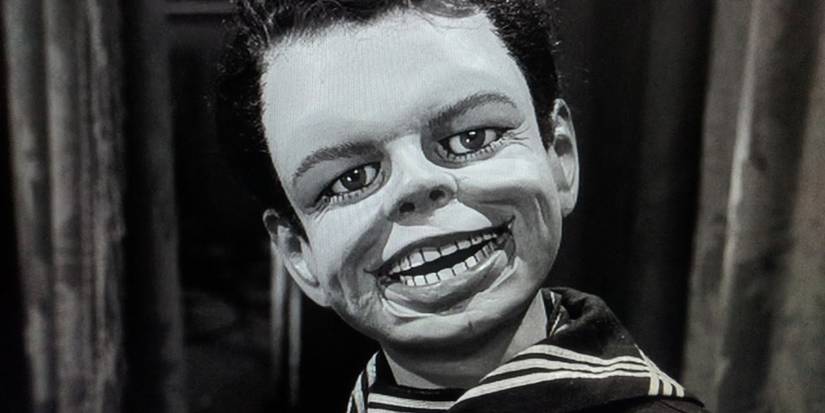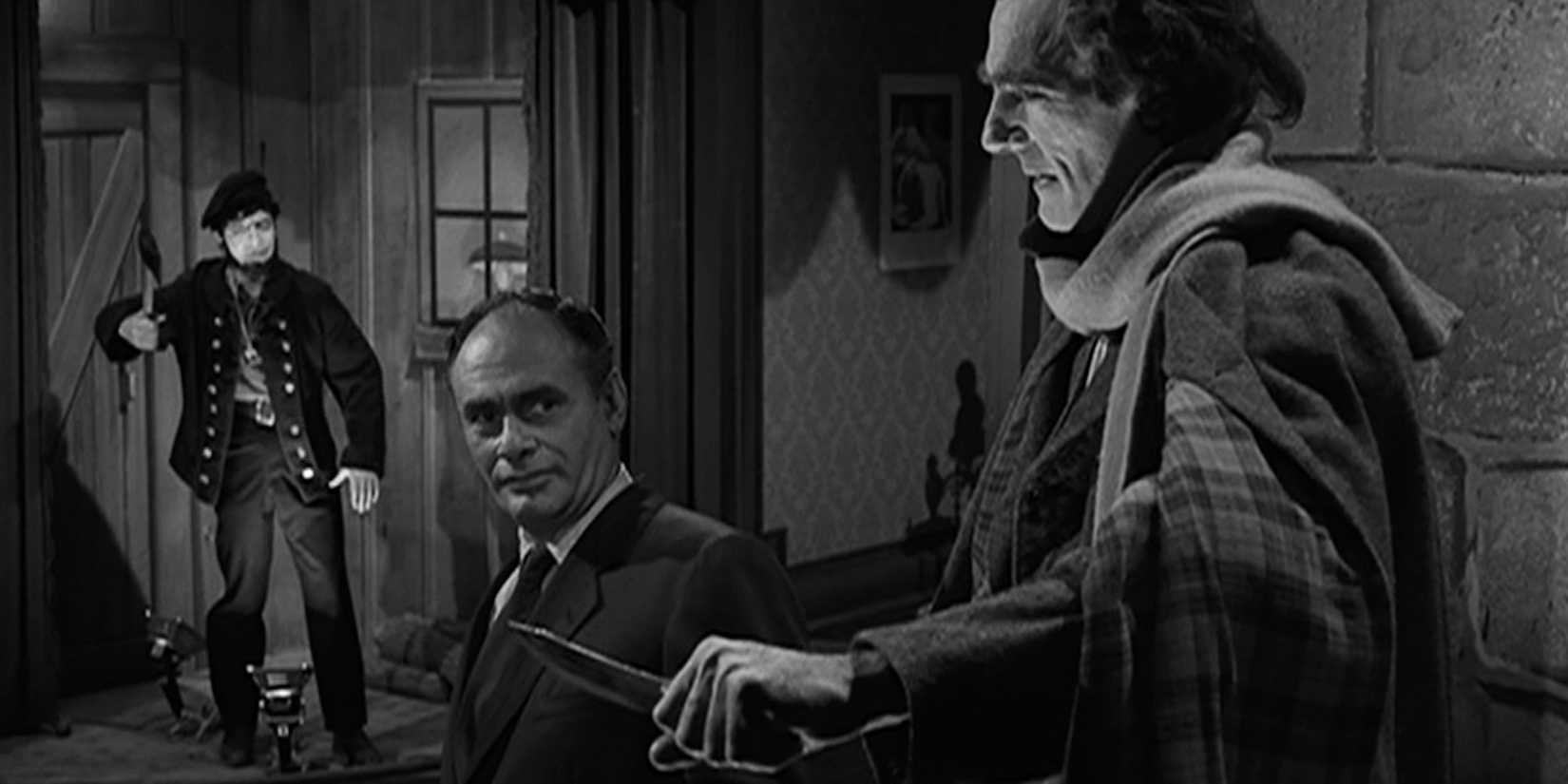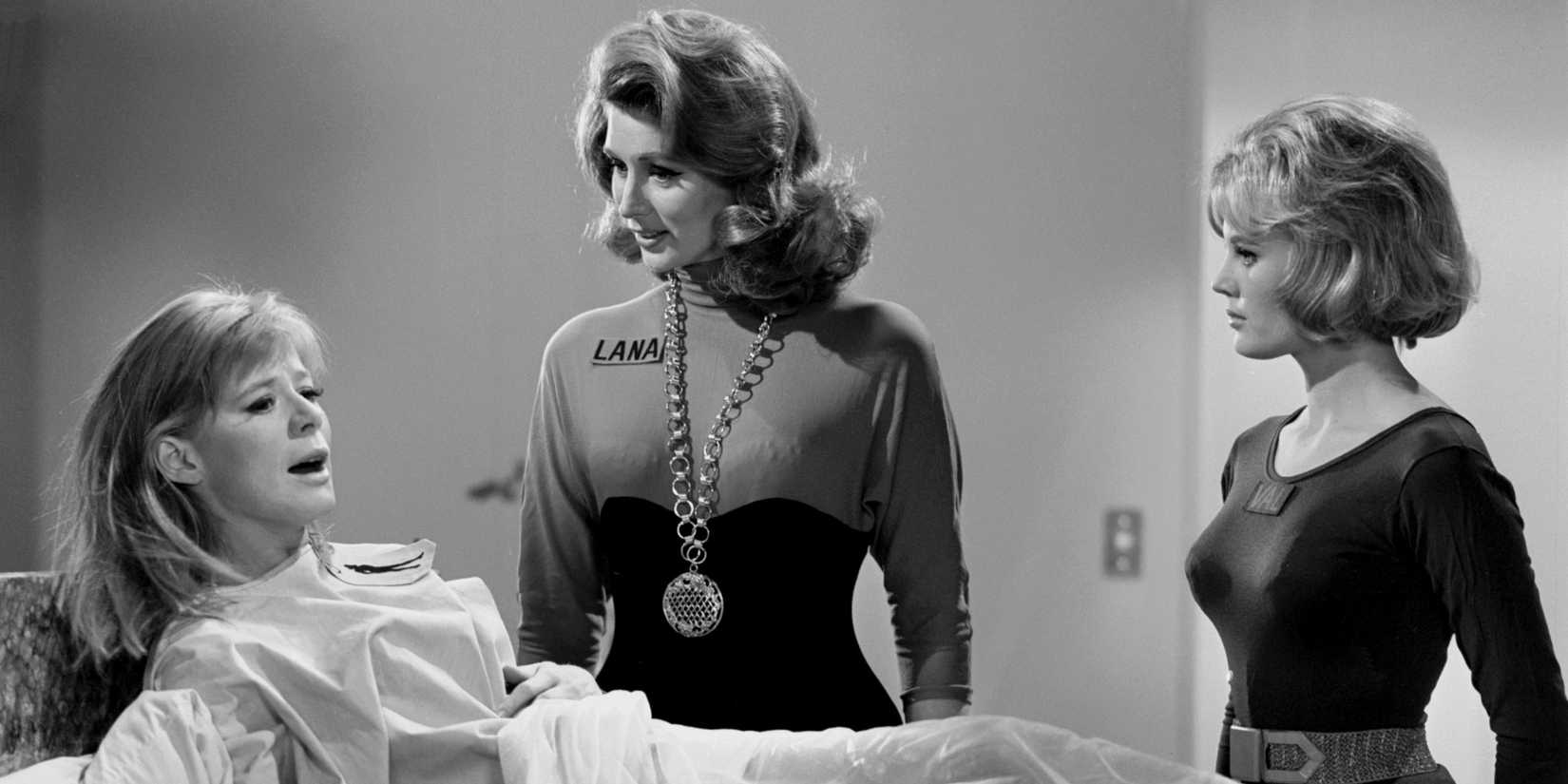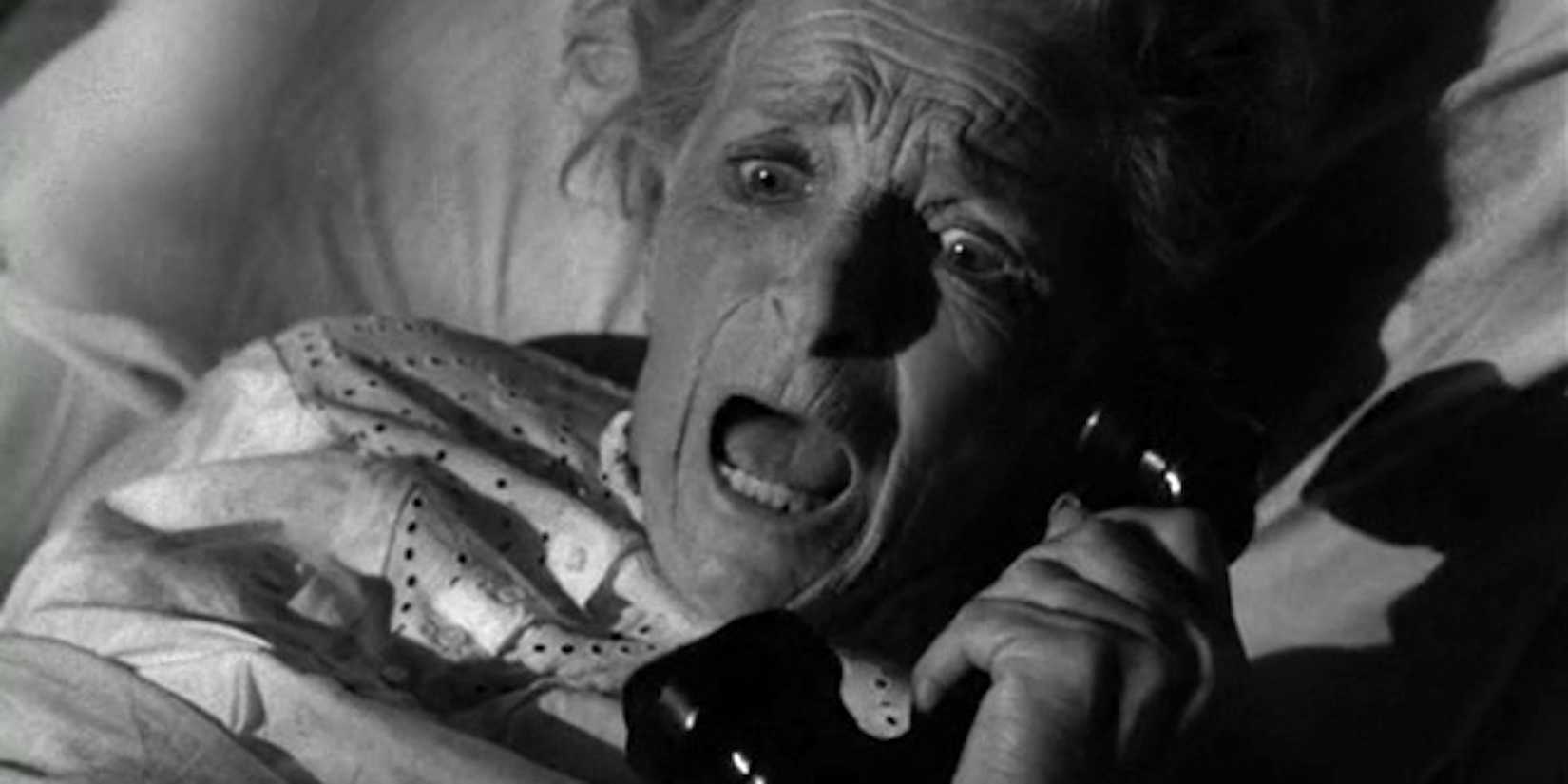The Twilight Zone is remembered as a genre-defining horror title, but many of its prevailing themes are still incredibly frightening by 2020s’ standards. Arguably the best anthology show ever released on television, The Twilight Zone is a foundational text for horror created and presented by Rod Serling, who addresses the audience with bookend quotes to sum up each episode.
Though The Twilight Zone’s franchise has expanded with modernized reboots, no version compares to the original, which captured the terror of existential threats as well as more subtle, slow-burning tension that came to a point with a dramatic twist or haunting moral allegory. Despite its predictable formula, The Twilight Zone is one of the most creative horror shows ever made.
10
The Hitch-Hiker
Season 1, Episode 16
While The Twilight Zone has many experimental episodes, it expertly handles straightforward concepts as well. In season 1, “The Hitch-Hiker” follows Nan Adams (Inger Stevens) on a cross-country road trip. She gets into a small car accident at the beginning of the episode but continues her journey, slowly realizing the titular Hitchhiker (Ronald Strong) is somehow always one step ahead.
The well-known “Hitch-Hiker” twist in The Twilight Zone is that Nan died in the initial car accident, and the entire episode was truly about death following her until she realized the truth. Death alone is a timeless fear, but the concept of Nan unknowingly being dead the entire time makes it an incredibly disturbing watch with a harrowing final scene.
9
Mirror Image
Season 1, Episode 21
In addition to being the constant voice that guides the viewer, Rod Serling took an active approach in the show’s creation. Some unforgettable Twilight Zone episodes were written by Rod Serling, including “Mirror Image” from season 1. The episode focuses on Millicent Barnes (Vera Miles), who loses her sanity after encountering an identical copy of herself at a bus stop.
The concept strikes a primal chord within us, preying on humanity’s inherent fear of the Uncanny Valley by employing the evil Doubles. The episode inspired Jordan Peele’s acclaimed film Us, but the idea of running into someone who looks exactly like you, whether they have a manic smile or reproachful glare, will never cease to terrify audiences of all ages.
8
Twenty-Two
Season 2, Episode 17
Most episodes of The Twilight Zone focus on one central location for its horror, and “Twenty-Two” is no different. In the season 2 episode, Liz Powell (Barbara Nichols) is hospitalized due to exhaustion and experiences a recurring nightmare where she’s lured to the morgue — room 22. A nurse beckons her in, repeating the chilling line, “Room for one more, honey.”
The episode bends reality and dream until they’re inextricably linked, building towards the climactic ending where Liz refuses to board a plane — flight 22— which explodes after takeoff. “Twenty-Two” bears obvious similarities to the Final Destination franchise, but it also immerses the viewer in liminal space horror. Furthermore, the episode was shot on videotape, adding an unsettling, unreal look.
7
Long Distance Call
Season 2, Episode 22
The Twilight Zone went beyond situational horror, of course. In season 2, “Long Distance Call” taps into something innately scary— losing a family member. After Billy (Bill Mumy) receives a toy telephone from his dying grandmother (Lili Darvas), he begins to communicate with her after her death. Billy’s parents believe it’s a coping mechanism, but everything takes a sinister turn.
Billy’s grandmother tries to trick him into killing himself so that they’ll be reunited in the afterlife. Billy’s father begs Grandma to let the child live, and she eventually relents. Happy endings in The Twilight Zone are rare, but the compound horror of a loved one’s death and their posthumous plots to kill you has no expiration date.
6
It’s a Good Life
Season 3, Episode 8
Billy Mumy returns the next season as Anthony Hollis, a tyrannical six-year-old who uses his supernatural powers to control his hometown. If anyone speaks out against his oppressive control, Anthony sends them to “the cornfield” or takes their humanity away by turning them into a jack-in-the-box toy. In the end, nobody can overpower the child.
What makes Anthony one of the scariest Twilight Zone characters is his naivety. Anthony truly doesn’t understand the consequences of his actions, and his parents can’t reprimand him without fearing for their life. It’s a vicious cycle with a hopeless ending, which is oftentimes worse than death.
Our fascination with evil children is an undercurrent of horror history. Movies like The Exorcist, The Omen, and even more modern entries like Orphan work so well because they lean into the horror of taking something innocent— a child— and turning it into a monster. Plus, anyone with unrestricted absolute power is terrifying, toddler or otherwise.
5
Little Girl Lost
Season 3, Episode 26
Anything that complicates our understanding of reality is, by nature, frightening. Adding in a family and threatening to tear them apart makes it horrific. “Little Girl Lost” from season 3 follows the Miller family of Ruth (Sarah Marshall), Chris (Robert Sampson), and their daughter, Tina (Tracy Stratford), who disappears from her bed in the middle of the night.
The family dog disappears after climbing under her bed, leading them to discover a portal to another dimension. Chris narrowly escapes the closing portal after rescuing Tina and the dog, but the alternative is unthinkable. The episode’s beginning is scary enough, with two parents having to listen to their crying child without being able to reach her.
As reiterated by recent hits like Weapons, there’s something intrinsically disturbing about children going missing. Separating a loving family is the worst thing a horror movie could do, be it by death or supernatural forces, but “Little Girl Lost” rubs salt in the wound by showing the terrifying parallel dimension Tina was trapped in.
4
The Dummy
Season 3, Episode 33
What are now considered clichés of horror were once novel ideas, like an evil ventriloquist dummy. The season 3 episode of the same name follows Jerry’s (Cliff Robertson) descent into madness as he tries to retire his dummy, Willy. Though Jerry insists Willy is sentient, nobody believes him.
The tension builds into one of The Twilight Zone’s most shocking endings, where Jerry and Willy swap roles: Jerry is turned into an unsettling ventriloquist doll that Willy, now animated, operates on stage. The evil dummy archetype may be commonplace now, but Willy robbing Jerry of his personhood and turning him into nothing more than a puppet is perpetually horrifying.
3
The New Exhibit
Season 4, Episode 13
Throughout the five seasons of The Twilight Zone, there were rarely plots dedicated to realistic aspects of horror, like “The New Exhibit” and its focus on historical serial killers. Martin Lombard Senescu (Martin Balsam) worked in a wax museum, caring for its “Murderers Row” section. After bringing the figures home, however, they come to life and frame Martin for murder.
The world’s fascination with true crime has only grown more voracious with time, and a storyline like “The New Exhibit” remains terrifying because of our growing knowledge of horrific killers. Rather than Jack the Ripper or Albert W. Hicks, though, modern audiences would likely turn to Jeffrey Dahmer, John Wayne Gacy, or the newly-platformed Ed Gein for morbid entertainment.
2
Number 12 Looks Just Like You
Season 5, Episode 17
In the far-off year 2000, Marilyn (Collin Wilcox) hesitates to undergo the mandatory “Transformation” to conform to societal beauty standards. Everyone around her is identical to a few prototypical models— and with the procedure, everyone has gained beauty but lost their empathy. Even as Marilyn is driven to hysterics, the beautiful people around her have no reaction.
Closing narration of Number 12 Looks Just Like You (1964): Portrait of a young lady in love—with herself. Improbable? Perhaps. But in an age of plastic surgery, body building and an infinity of cosmetics, let us hesitate to say impossible. These, and other strange blessings, may be waiting in the future—which, after all, is The Twilight Zone.
In one of The Twilight Zone’s saddest moments, Marilyn is forcibly operated on, emerging identical to her best friend and borderline lobotomized as she admires her new face in the mirror. The episode’s closing narration feels exponentially prevalent in the modern age, as ignoring beauty standards and rejecting conformity is still seen as radical.
1
Night Call
Season 5, Episode 19
In addition to being equal parts heartbreaking and horrifying, season 5’s “Night Call” is undoubtedly one of the best episodes of The Twilight Zone. It plays on familiar horror tropes but leaves the viewer reeling with its devastating conclusion. “Night Call” follows the elderly Elva (Gladys Cooper), who lives in isolation until she begins receiving anonymous phone calls.
She begs for the calls to stop and begins searching for answers, eventually tracing the calls to a cemetery. Elva realizes the caller is her dead fiancé, whom she dearly missed. In a depressing twist, the ghost of Elva’s fiancé reminds her she asked to be left alone, and the line goes dead. Elva, realizing she’s lost him again, wails.
“Night Call” is the perfect careful-what-you-wish-for tale that leaves a lasting impression on the viewer. The very thing Elva spent the episode trying to escape turns out to be something that would have saved her from her solitary life. The Twilight Zone’s best stories do more than terrify the audience; they feel like a lesson learned, for better or worse.
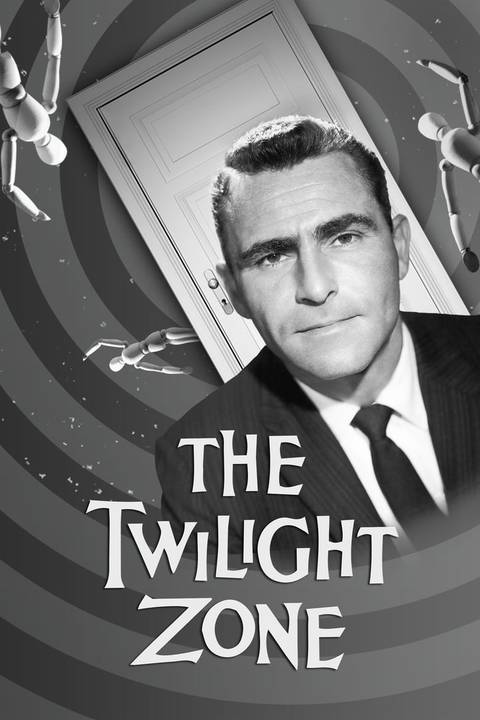
- Release Date
-
1959 – 1964
- Showrunner
-
Rod Serling



